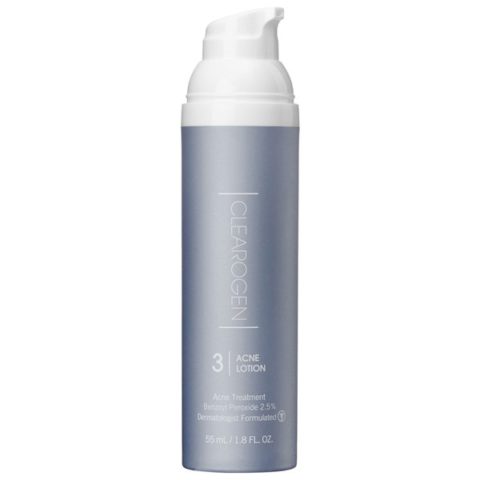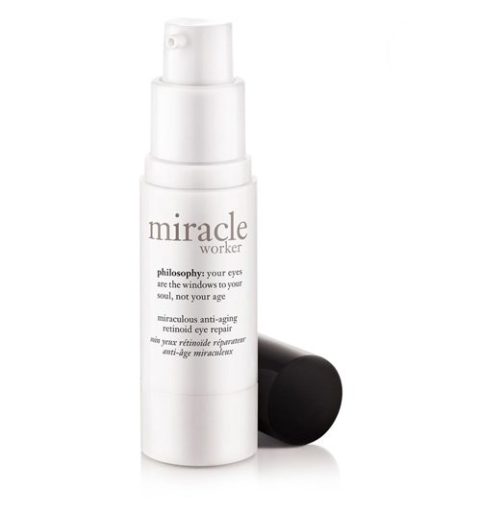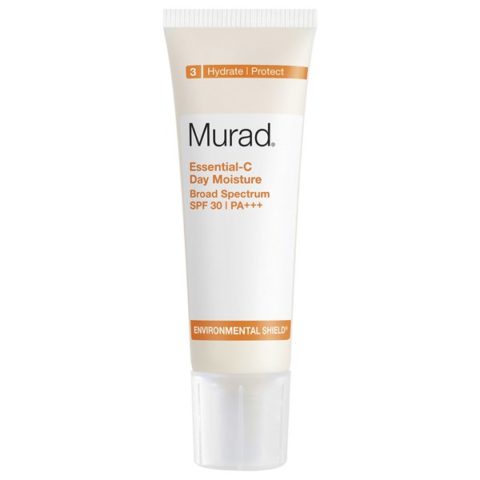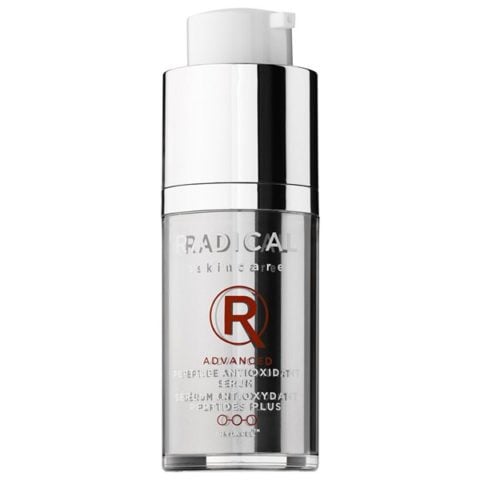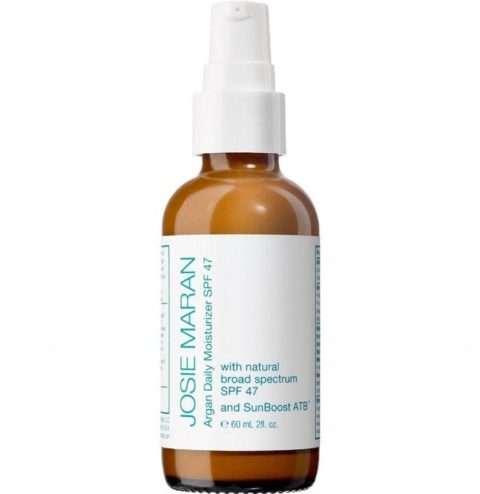The Dos and Don’ts of Mixing Skincare Ingredients
Consider this your skin science class 101. No matter how much you educate yourself and read labels, chances are you’re not entirely sure what you’re slathering onto your skin every day. In between those unpronounceable ingredient lists, skin sensitivities, and new “It” ingredients, skincare has a way of radiating an air of hopeless allure. While we previously outlined the proper way to layer your skincare products, leading off with the thinnest consistency, there are even more rules to take into consideration when it comes to what you’re using. Some of those active ingredients that work to cure your skin issues should never be mixed with one another. Beer before liquor, never been sicker. Retinol before Salicylic Acid, never been flakier.
Times are changing, and products are much more advanced than ever before, but there are still certain ingredients that cancel each other out. And although helpful on their own, when mixed and matched topically, they can create a recipe for redness.
Stop sabotaging your spring skin efforts, and learn the rules and regulations of mixing. We spoke with Dendy E. Engelman of Manhattan Dermatology & Cosmetic Surgery, and Dr. Dennis Gross MD Founder of Dennis Gross Dermatology, to help ensure your products are as effective as they were intended to be. “A product’s efficacy is based on how well it’s formulated to target a specific area. Products work when they penetrate the skin, target an area and are formulated in such a way that they can get there,” notes Dr. Gross. On the flip side, “When you are applying products to help to improve your complexion, the last thing you want is to apply products that don’t work when in tandem, and actually inactivate the effects of one another,” said Dr. Engelman.
So to provide you with the skincare knowledge you need, we’re going to expose the ingredients that perform as promised and a few that crack under product pressure. Note that “no single ingredient has a monopoly. Combining multiple ingredients not only helps decrease irritation, but also provides multiple benefits,” says Dr. Gross. So hopefully you will start looking at your vanity in a new light, start asking your dermatologist the right questions and become more discerning when it comes to your skincare ingredients. These are the dos and don’ts of mixing and matching your ingredients.
Do Not Mix:
Salicylic/Glycolic Acid with Retinols and Retinoids
First, let’s go over some basics. A retinoid and retinol are close cousins, but they’re not sisters. A retinoid has a higher concentration of the active ingredient (retinoic acid) compared to a minor concentration as found in a retinol.
The difference between a salicylic and glycolic acid is that a salicylic is considered a beta-hydroxy acid, which is an organic compound that fights aging, and sloughs off dead skin cells. Glycolic acid is an alpha-hydroxy acid, a chemical component that is small enough to penetrate the skin with ease, and is also used to treat acne. This particular acid performs with the top layer of the skin, ultimately crippling dead skin cells.
So unless your skin is uncommonly oily, Dr. Engelman advises against using a salicylic and glycolic acid product on the same day as your retinols and retinoids. She notes that the effect “can be too drying for the skin, but if your skin can handle the two in tandem, then stick to a salicylic acid wash (which will obviously only have short contact with the skin before being washed away) or a spot treatment, and use the retinol and/or retinoid on the entire face.” If it’s acne-free skin sans irritation you’re after, choosing sides is a must.
Clinique Acne Solutions Clinical Clearing Gel ($30, clinique.com)
Do Not Mix:
Benzoyl Peroxide (BPO) and Retinols
Well, maybe. Benzoyl Peroxide is a topical quick fix for skin conditions such as acne. When contact is made with the skin, it helps to weaken and reduce the amount of acne-causing bacteria, ultimately drying your skin in the process. Dr. Engelman notes that, “They have historically been said to not be used at the same time because the BPO can inactivate the retinoid effect. [However], most formulations have now been proven to be stable in the presence of BPO, but consult with your doctor to ensure that is the case with your specific brand.”
If you’re still on the hunt for that miracle product that contains both ingredients, Dr. Engelman explains that, “Adapalene and is a very effective acne treatment that is applied once daily and contains both a retinoid and BPO.” Although, if you’re worried about possible skin irritating side effects, best practice suggests choosing one or the other, and working that into your skincare regimen.
Clearogen Benzoyl Peroxide Acne Lotion, ($33, sephora.com)
Do Not Mix:
Exfoliators and Skin Brightening Products
Exfoliation involves the removal of dead skin cells, which results in softer and smoother skin. And when combined with skin-brightening products without added SPF, you’re looking at a recipe for disaster, or as Dr. Gross points out, “a paradox,” simply because “these same products used to lighten the skin could possibly intensify the darkness in a hyper-pigmented area because, they increase photosensitivity which can irritate the skin.
The severity of our sunspots can be reduced with the use of a broad-spectrum sunblock and added SPF 15 at the minimum. Spots on the skin are actually our skin’s defensive reaction to the sun, but if protected, less melanin pigment will be produced,” he continued. So if you’re looking to banish your dark spots, start at the source and swear by SPF.
Fresh Soy Face Exfoliant ($49, sephora.com)
Do Not Mix:
Retinoids and Ultraviolet (UV) Light
Ultraviolet light is a form of radiation—that people most often come in direct contact with through tanning beds—which has proven to be both beneficial (lookin’ at you, vitamin D) and detrimental to our health. Dr. Engelman notes that, “Some of the older retinoids are not stable in UV light, so that is one of the reasons why they were recommended to only be applied at night.” If you’re looking to play it safe, and you’re catching rays all day long, just avoid this active ingredient all together.
Philosophy Miracle Worker Retinoid Eye Repair Cream ($79, sephora.com)
Do Mix:
SPF with Retinols/Retinoids
And now on to the ingredients that go together like PB and J.
Sun Protection Factor, or SPF, protects your skin against harmful UVA and UVB rays. Dr. Gross explains that the “sun is our skin’s worst enemy when it comes to causing signs of premature aging.” Since sun damage can occur even in short periods of sun exposure, it’s a great idea to make applying it every morning second nature, like brushing your teeth.
And if you happen to be using a routine retinol or retinoid, using a daily SPF is imperative. Dr. Engelman explains, “the retinoid effect is that it enhances cell turnover and thus makes skin more prone to UV radiation. So we must protect against this by wearing daily sunscreen with an SPF 30 or higher. Note, the retinoid effect lasts for days after application, so it’s best to make sure to protect daily, and not just the day you’ve used retinol. Just remember, your retinoid is applied at night and your SPF is to be applied in the morning.”
So if you’re planning on spending some quality time outdoors, work in moisturizer and sun specific makeup with SPF for added protection.
Murad Essential-C Day Moisture Broad Spectrum SPF 30 PA+++ ($63, sephora.com)
Do Mix:
Retinol and Ferulic Acid
Ferulic Acid can be found in several foods and beverages, including coffee, oranges and apples. This acid is “a plant-based antioxidant that enhances properties of other vitamins for healthy skin and supplies sun damage protection,” says Dr. Gross.
When combined with a retinol, you would create “a unique delivery system that makes Retinol work even better. And While Retinol is working on firming the skin and adding radiance & luminosity, Ferulic Acid allows the Retinol to work even deeper into the skin while promoting collagen production. Together, Ferulic Acid and Retinol are an incredible combination,” suggests Dr. Gross.
Dr. Dennis Gross Skincare Ferulic Acid + Retinol Brightening Solution ($88, dgskincare.com)
Do Mix:
Antioxidant Serums and SPF
An antioxidant is a beauty buzzword that shows no sign of slowing down, and for good reason. Dr. Gross says, “if you don’t remove makeup before bed, you will clog your pores. When the makeup becomes impacted in pores, it makes them appear larger. Once your collagen levels decline, the pore does not snap back as easily once it has been enlarged. Additionally, leaving makeup on the face could lead to inflammation, which can generate free radicals.”
So in theory, adding an antioxidant serum that helps combat those chemicals and bad beauty habits is a recipe for radiance. So “antioxidant serums are a wonderful addition to our skincare regimen in the defence against ultraviolet radiation as well as environmental assaults, such as pollution. These are great to use in combination with sunscreens in order to enhance the skin’s defence. I recommend applying 5 drops in the morning before your moisturizer, followed by SPF,” suggests Dr. Engelman.
Just remember, antioxidant serums should not be your remedy if you’ve been neglecting your skincare regime, but if you’ve had a few late nights, these serums will forgive you.
Radical Skincare Advanced Peptide Antioxidant Serum ($119, sephora.com)
Do Mix:
Vitamins A, C & E
Remember to take your vitamins, or rather slather them on. These powerful antioxidants can work together to create a wondrous effect on your complexion. Dr. Gross points out that adding these three vitamins into your skincare routine would help to prevent collagen breakdown.
“Vitamin A helps to smooth lines and wrinkles while increasing moisture and elasticity. Vitamin C minimizes imperfections in the skin including uneven skin tone, hyperpigmentation, and can reduce the appearance of acne scars. Vitamin E defends against and disables free radicals made by the body. Note that vitamin C and vitamin E are both important to apply topically everyday in your cocktail. Not only are they synergistic, but Vitamin C is water-soluble, while vitamin E is lipid-soluble. Together, they penetrate into the different phases of the skin and neutralize free radicals in their path.”
So if you’re looking for a conclusive skin fix, swearing by your vitamins is a foolproof solution.
Tata Harper Nourishing Cleansing Oil ($80, sephora.com)
Do Mix:
Moisturizer and SPF with Retinol/Retinoid, Salicylic or Glycolic Acids
A daily moisturizer is essential to any skincare regimen, even if you’re not mixing ingredients. Dr. Gross notes that “hydrating your skin is a must, regardless of skin type. If you deny your skin of moisture, over-exfoliate and use astringent excessively, you will over-strip your skin.”
To further that, Dr. Engelman reminds us that “if you’re using a retinol/retinoid, moisturizing is a must. Retinoids can be inherently irritating to the skin, and moisturizers help to calm and hydrate the skin to combat that effect. Apply the retinoid onto the skin first, then moisturize on top. If your skin is too sensitive to the retinoid effect, you can also mix a little drop of retinoid in with your moisturizer, and then apply the mixture to the skin. Over time, your skin will get tolerant of these side effects.”
Similarly, Dr. Engelman notes that “if you’re working with salicylic or glycolic acid, they need to be coupled with some sort of moisturizer or lotion to combat the drying effects that they can have on the skin. If your skin is oily and acne-prone, use an oil-free moisturizer to add back the hydration that could be stripped away.”
These skin fixes have the ability to strip away our moisture, leaving us with dry and flaky skin. And in order to clear your skin, you’re going to have to give before you can take. So get back what you lost and create a canvas that your dermatologist would be proud of.
Josie Maran Argan Daily Moisturizer SPF 47 Protect + Perfect ($45, sephora.com)



